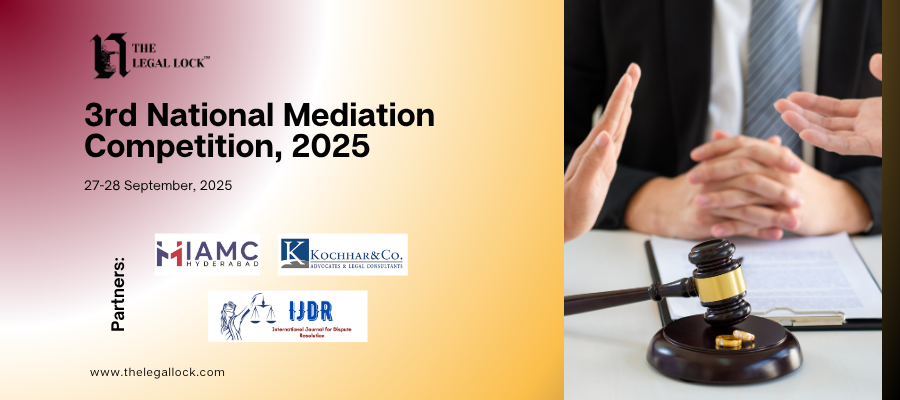Demystifying Transfer of Property Act: Sections 5-8 Explained

Introduction: Transfer of Property Act
The Transfer of Property Act encompasses various provisions governing the transfer of property. Sections 5 to 8 shed light on critical aspects of property transfer, elucidating what can be transferred, who can transfer, and how the transfer operates.
Section 5: Understanding Transfer Of Property
Section 5 of the Transfer of Property Act defines property transfer as an act wherein a living person conveys property, either presently or in the future, to one or more other living individuals or to oneself and others. It clarifies that the act of transferring property involves executing such an action.
In the case of Usha Rani Kundu vs Agradut Sangha And Ors., it was affirmed that the Act does not mandate the compulsory registration of an association or body of persons for it to participate in property transfer. The absence of such a provision within Section 5 underscores that the legislature did not intend such a requirement.
Section 6: Types of Property Transfer
Section 6 delineates the types of property that may be transferred, with certain exceptions outlined in subsequent subsections.
(a) Transfer of Spes Succession: This clause excludes the transfer of mere possibilities such as the chance of inheriting an estate or receiving a legacy.
(b) Right of Re-Entry: It pertains to the right to reclaim possession of land under specific conditions, such as breaches of lease agreements.
(c) Easement: An easement grants the owner or occupier of land certain rights to enjoy or restrict actions on said land.
(d) Restricted Interest: Property with restricted enjoyment cannot be transferred, as seen in Shoilojanmund V. Peary Charon.
(dd) Right to Future Maintenance: This right is personal and cannot be transferred further.
(e) Mere Right to Sue: A bare right to sue, without any additional interest, cannot be transferred.
(f) Public Office and Pensions: Public office positions and pensions are non-transferable.
(g) Nature of Interest: Transfers contrary to the nature of the interests affected thereby are prohibited.
(h) Statutory Prohibitions: Any statutory prohibitions on the transfer of interest must be adhered to.
Section 7: Persons Competent to Transfer
This section stipulates that individuals competent to contract can transfer property, subject to laws and regulations in force. It clarifies that minors, who are not competent to contract under the Contract Act, cannot transfer property.
Section 8: Operation of Transfer
Section 8 elucidates how property transfer operates. It states that unless explicitly expressed otherwise, a transfer of property immediately passes to the transferee all interests the transferor holds in the property at the time of transfer. This includes legal incidents such as easements, rents, profits, and movable parts attached to the property.
In Jugalkishore Saraf vs Raw Cotton Co. Ltd, it was emphasized that Section 8 does not transfer future property but rather encompasses all interests the transferor possesses at the time of transfer.
Understanding these sections of the Transfer of Property Act is essential for navigating property transactions and ensuring legal compliance.
Read More:
- Understanding Copyright Term Durations in India
- Understanding Contract Essentials: Subject Matter and Pricing
- Understanding Indian Penal Code (IPC) 1860: Basics, Jurisdiction & Application
- TRANSFER OF TITLE: The Sales And Goods Act
FAQs: Transfer of Property Act
1. What does Section 5 of the Transfer of Property Act define?
Ans: Section 5 defines “transfer of property” as an act where a living person conveys property to one or more other living persons, including themselves.
2. What types of property may be transferred under Section 6 of the Act?
Ans: Section 6 allows for the transfer of any property except as otherwise provided by law, covering special succession, easements, restricted interests, and more.
3. Who is considered competent to transfer property according to Section 7?
Ans: Section 7 states that any person competent to contract and entitled to transferable property is competent to transfer such property, subject to relevant laws.
If You Are A Law Student: CLICK HERE








